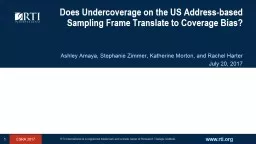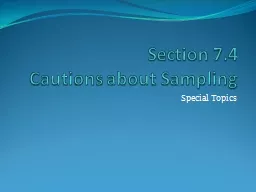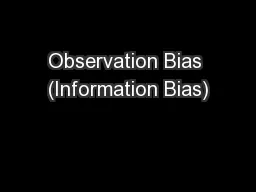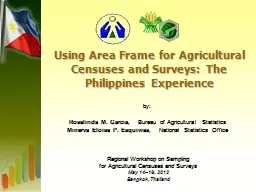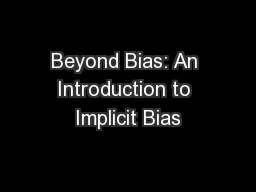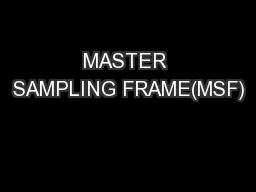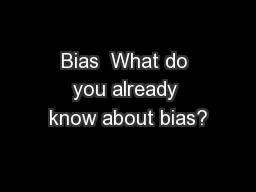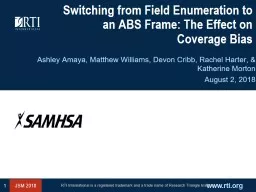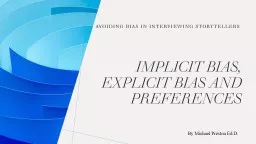PPT-Does Undercoverage on the US Address-based Sampling Frame Translate to Coverage Bias?
Author : kittie-lecroy | Published Date : 2019-03-19
Ashley Amaya Stephanie Zimmer Katherine Morton and Rachel Harter July 20 2017 ESRA 2017 1 The ABS Frame US Postal Systems Computerized Delivery Sequence File CDS
Presentation Embed Code
Download Presentation
Download Presentation The PPT/PDF document "Does Undercoverage on the US Address-bas..." is the property of its rightful owner. Permission is granted to download and print the materials on this website for personal, non-commercial use only, and to display it on your personal computer provided you do not modify the materials and that you retain all copyright notices contained in the materials. By downloading content from our website, you accept the terms of this agreement.
Does Undercoverage on the US Address-based Sampling Frame Translate to Coverage Bias?: Transcript
Download Rules Of Document
"Does Undercoverage on the US Address-based Sampling Frame Translate to Coverage Bias?"The content belongs to its owner. You may download and print it for personal use, without modification, and keep all copyright notices. By downloading, you agree to these terms.
Related Documents

